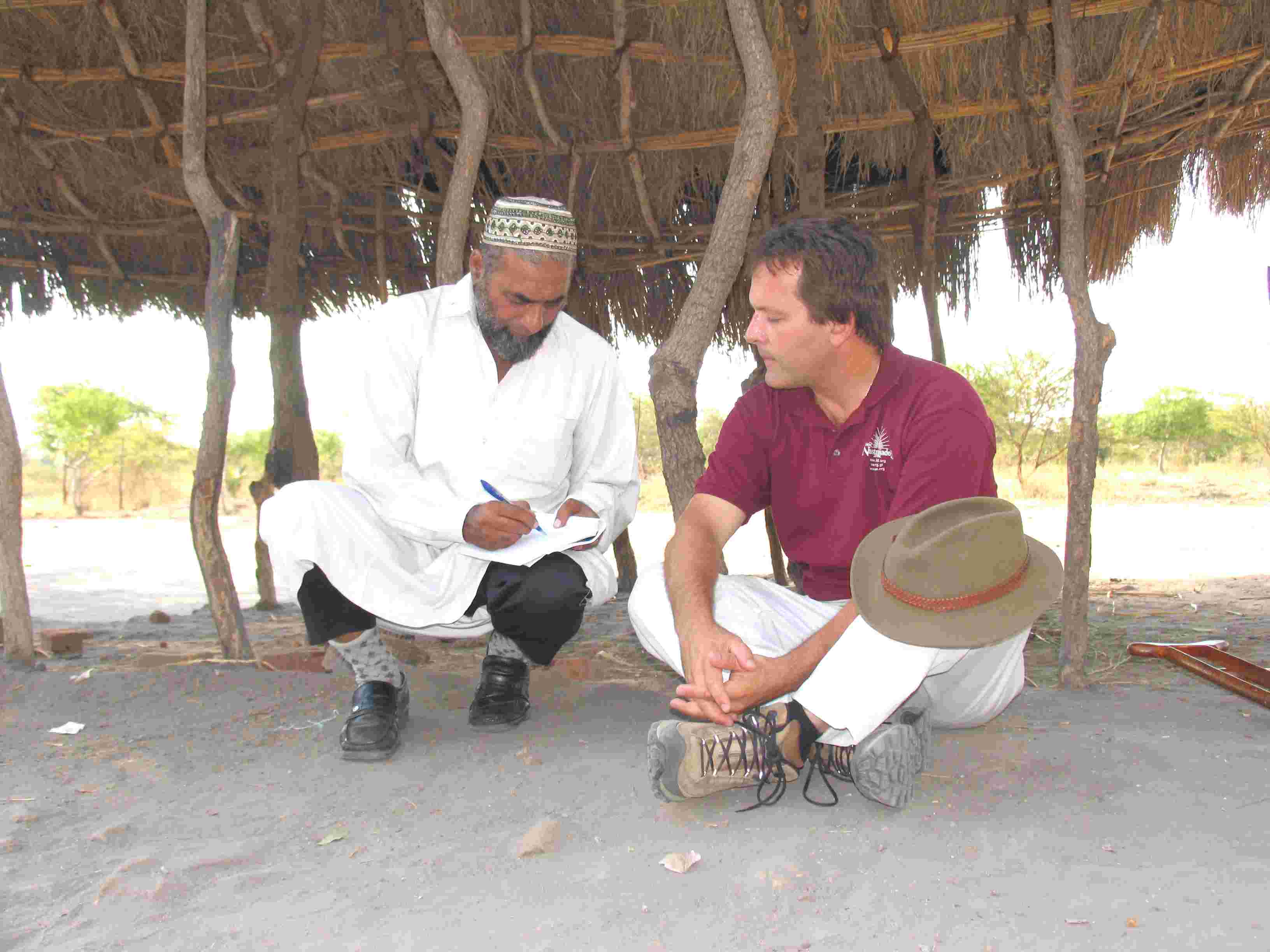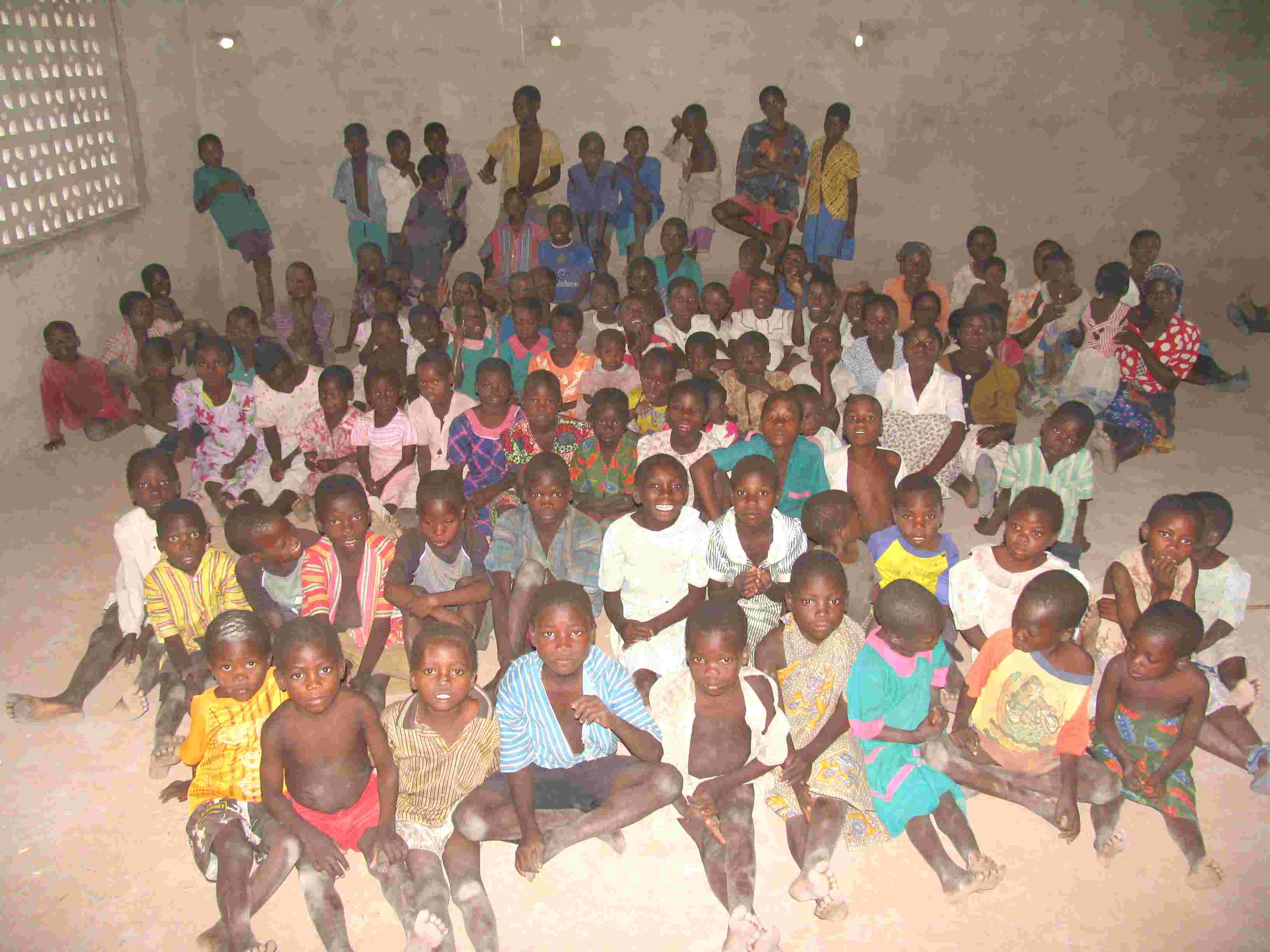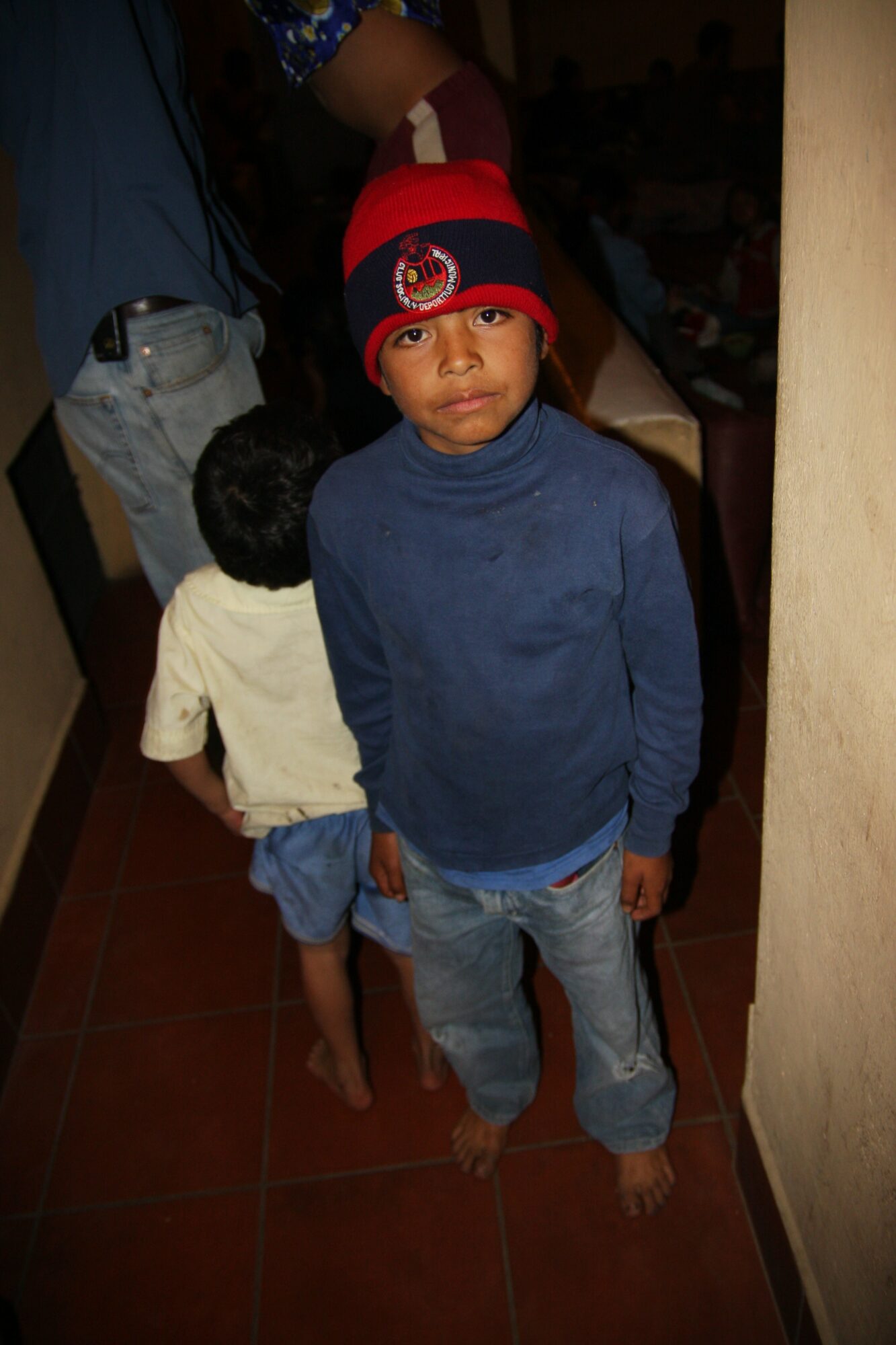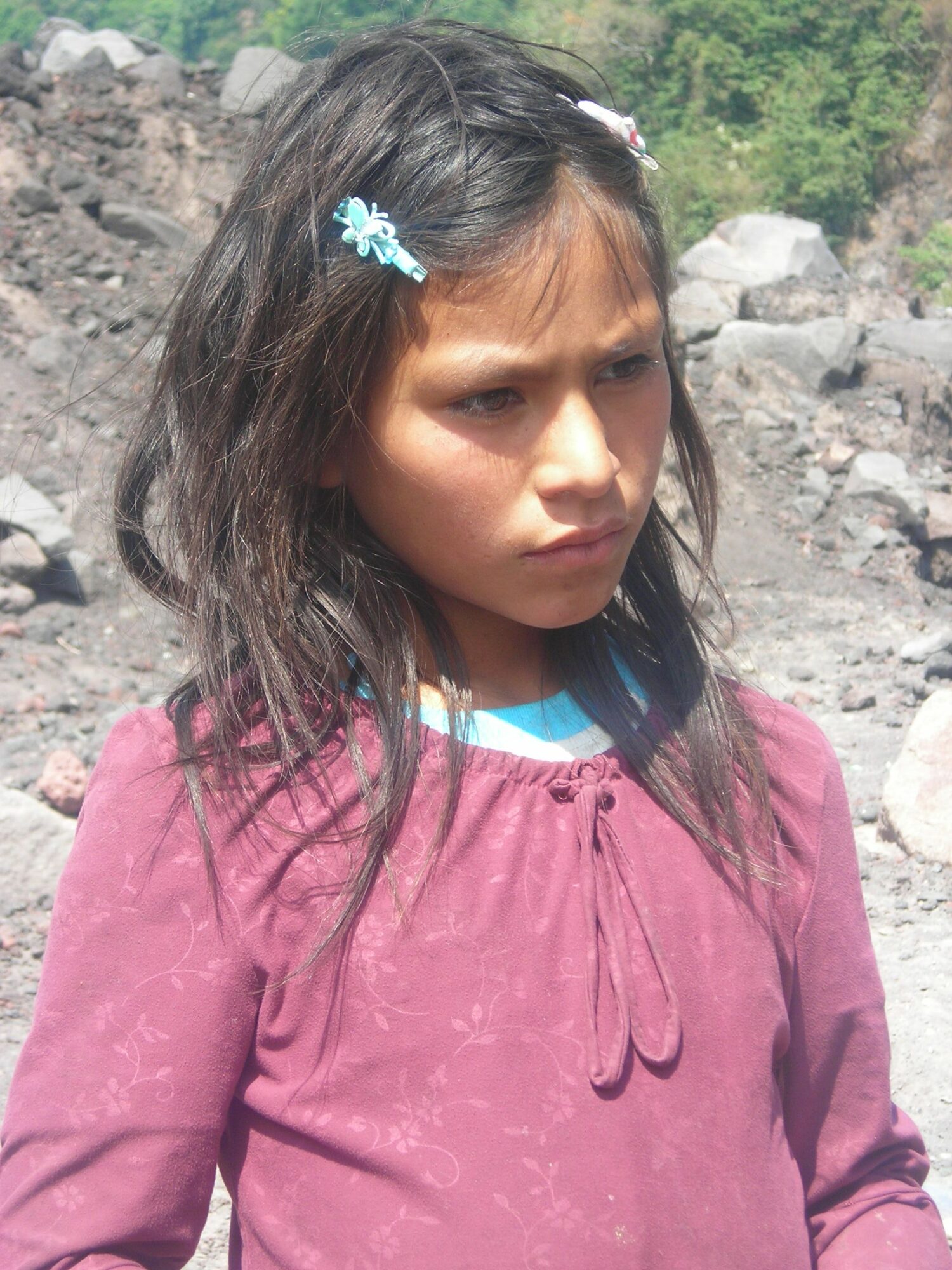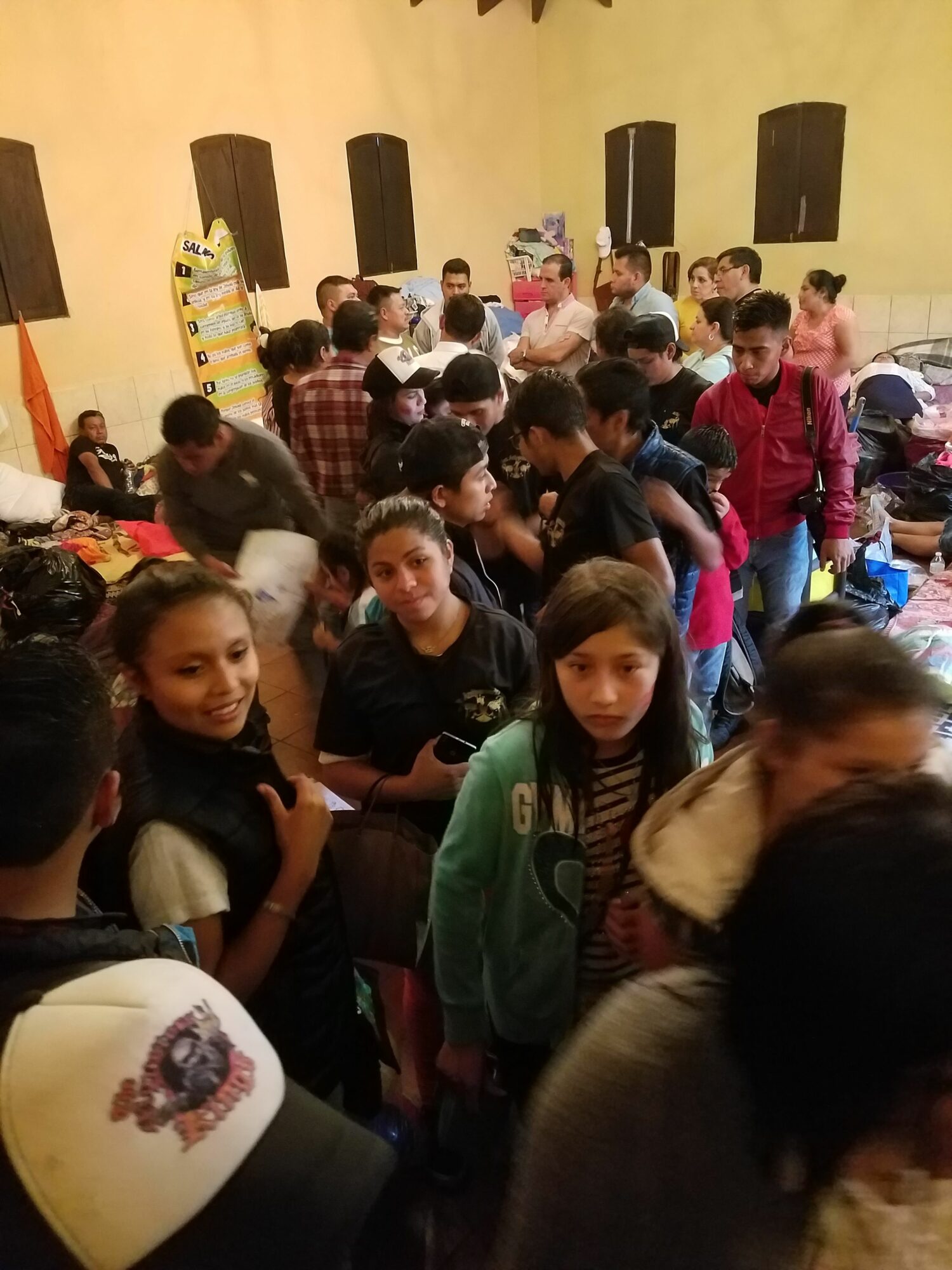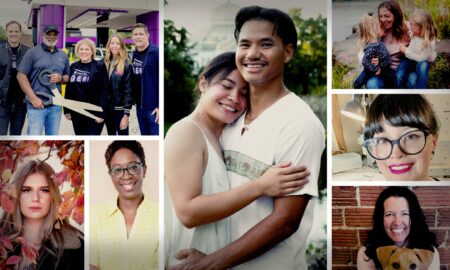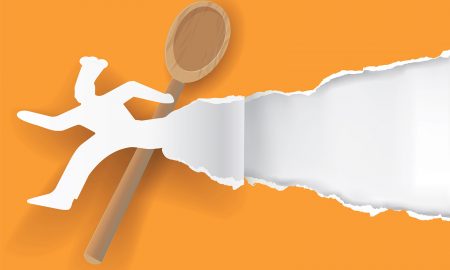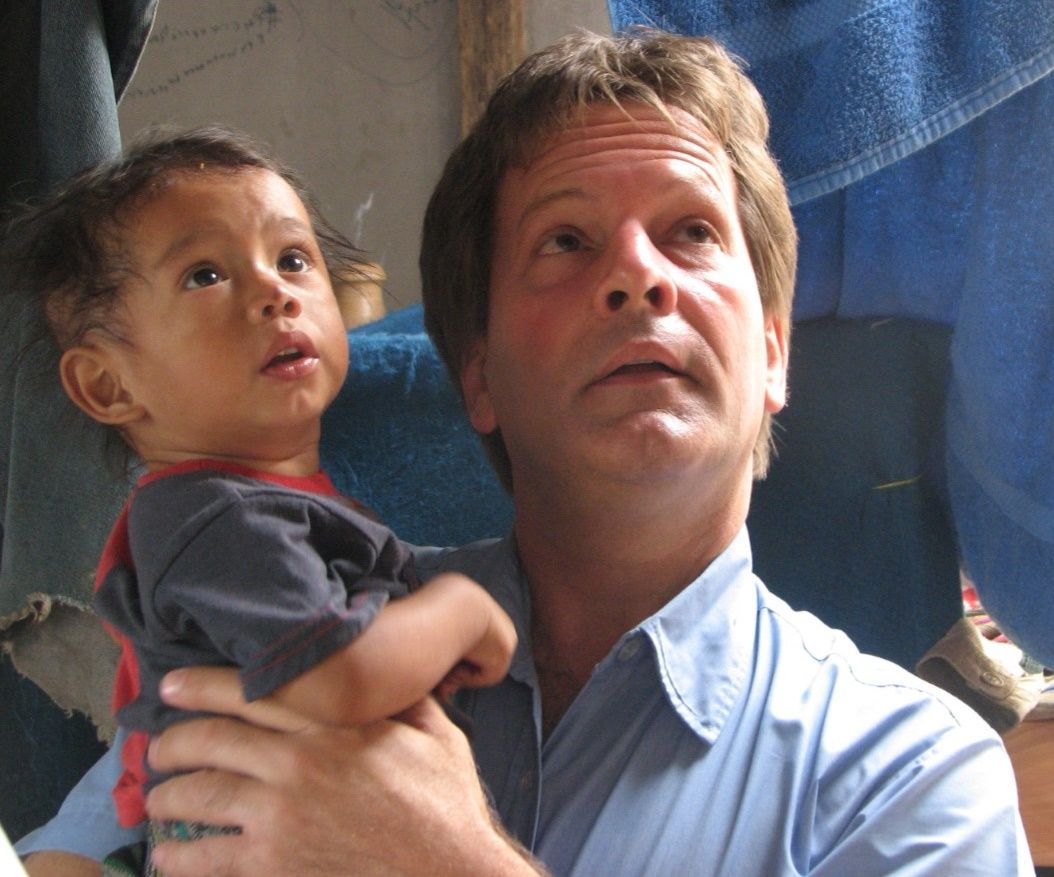

Today we’d like to introduce you to Patrick Atkinson.
Hi Patrick, it’s an honor to have you on the platform. Thanks for taking the time to share your story with us – to start maybe you can share some of your backstory with our readers?
When I was 13 years old, I drowned in a canoeing accident and was underwater for about seven minutes. I had a near-death experience that left me absolutely certain of two things: there is an afterlife, and there is a God. That certainty removed all fear from me at a young age, and it became the foundation of my life’s work.
I grew up in North Dakota, graduated from St. Mary’s High School, and then went on to Moorhead State University. Like most college kids, I was looking for community and purpose. Looking into connection, I stumbled into volunteering at a crisis hotline — partly, I’ll admit, because I noticed the signup sheet had 22 women’s names and no men.
What I discovered there changed me. Within minutes of my first shift, I was talking to kids and adults trapped in cycles of domestic violence, addiction, sexual abuse, and homelessness. Those calls opened my eyes to the underbelly of society that I hadn’t known existed in the Midwest.
After college I had opportunities in the corporate world, but I chose instead to follow that underground river of runaway youth — from the Dakotas and small towns across the Midwest into New York City. There I worked for three years with child prostitutes, runaways, and street gangs. It was gritty, dangerous work, but I kept thinking back to my drowning: don’t be afraid, do the best you can, and let yourself try.
In the mid-1980s I learned about the civil wars raging in Central America. Hundreds of thousands of people were being killed or displaced, and countless children were orphaned. I didn’t speak Spanish, had no experience in war zones, and was barely older than some of the kids myself.
But I gave myself permission to try. What was supposed to be a six-month stint turned into seven years. We built orphanages, burn centers, prosthetics workshops for child amputees, and homes for children who had lost everything. Often, after massacres, grandmothers would press terrified children into our arms, begging us in Mayan languages to take them to safety.
Those years became the roots of programs I would later found and lead, including The GOD’S CHILD Project, Casa Jackson Hospital for Malnourished Children, and ITEMP (the Institute for Trafficked, Exploited & Missing Persons). Over the decades, our work has expanded into five countries, serving tens of thousands of children and families each year.
Looking back, my path wasn’t planned. It came from three lessons that were given to me the day I drowned: Don’t be afraid. Give yourself permission to try — to succeed or fail. And always do the best you can. Those lessons carried me from Moorhead to New York to Guatemala and beyond, and they still guide me today.
I’m sure it wasn’t obstacle-free, but would you say the journey has been fairly smooth so far?
Smooth? Not at all. Direct service work rarely is — especially when you choose to do it in war zones and on the edges of society.
In New York I worked with runaway teens and kids trapped in prostitution. The danger was constant. But when I moved to Central America during the height of the civil wars — El Salvador, Guatemala, Nicaragua, Honduras — and through the drug wars in **Colombia** and Panama, the risks became truly life-threatening.
I’ve had guns pointed at me; Was caught in a car bombing in El Salvador that left shrapnel that had to later be surgically removed; I’ve been knifed twice; was burned by a man grounding out a lit cigar on my forearm; had countless illnesses, and survived an assassination attempt when someone fired from the bushes three shots at me as I drove a van full of children home from Guatemala City after I discovered a clandestine cemetery with dozens of bodies showing signs of torture and murder. Fortunately, those shots hit the frame of the driver’s side window and no one in the van.
Moments like these teach you how fragile life is — and how much every day matters.
Beyond the violence, the hardest struggles have been human. I’ve held dying children. I’ve listened to mothers weigh which child might live if they placed one in our care. Buried far too many kids I raised as if they were my own sons and daughters.
There were practical battles too: never enough money, food, or staff to meet the need. Running an international humanitarian organization means pushing uphill against poverty, corruption, violence — and sometimes indifference.
Through it all, I’ve kept going by falling back on three core beliefs: Don’t be afraid. Give yourself permission to try — and to fail. And do the best you can with what you’ve got and know at the moment you need to act.
Appreciate you sharing that. What should we know about The GOD’S CHILD Project?
I founded The GOD’S CHILD Project nearly 35 years ago as a simple response to a simple idea. The response was to a call for us to feed the hungry, house the homeless, defend the vulnerable, and care for and counsel the widowed and the orphaned.
The simple idea was that if we give orphaned children and abandoned women and families living in extreme poverty safety, education, and love, they can not only be protected, they can transform their own lives — and then their communities – for generations to come. Today that idea is a network of programs in five countries serving thousands of children and families every day.
What sets us apart is that we work *holistically*. We feed malnourished babies at Casa Jackson Hospital. Provide education for children who might never have stepped into a classroom and fallen into crime instead. We offer medical care, safe housing, counseling, job development and training, and family support — the full set of tools a child, parent, or family needs to build a life. (more at www.GodsChild.org)
A core part of The GOD’S CHILD Project’s model is our anti-human trafficking program **ITEMP — the Institute for Trafficked, Exploited & Missing Persons**, which I formally founded in 2001, although I’ve worked in this arena since 1978, ITEMP engages worldwide – in different ways in different places – in human trafficking education, prevention, detection, intervention, rescue, victim rehabilitation, and prosecutorial assist. In ITEMP, we work closely with local and international authorities to assist or lead an effort when a child or adult is being exploited; and then afterward walk survivors through long-term restoration: emergency shelter, trauma-based counseling, medical care, legal advocacy and court accompaniment, and family reunification (when possible) so freedom is sustainable.
ITEMP also conducts frontline trainings for teachers, police, border officials, and health workers — because stopping trafficking requires a whole community on alert. (More at itemp.org.)
I think we’re best known for being grassroots and hands-on. There is no bureaucracy in either The GOD’S CHILD Project or in ITEMP – in Golden Valley we have a staff of six; in Bismarck we have a staff of three. Everyone else connected with our programs live and work overseas providing direct services. We know the children’s names, their parents, their dreams — and we stay long enough to see those dreams take root.
Brand-wise, what I’m most proud of is that ‘GOD’S CHILD’ has become synonymous with **dignity and durable change**. Whether it’s a malnourished child leaving our hospital healthy, a trafficking survivor rebuilding a future, or a former street boy graduating university, our brand is *transformation that lasts*.
If your readers remember one thing, let it be this: we’re not just feeding children or building schools — we’re equipping kids and families to create their own futures. That’s the ripple that changes the world.”
Where we are in life is often partly because of others. Who/what else deserves credit for how your story turned out?
No one does this kind of work alone. Not even close. I’ve had extraordinary mentors, teammates, and supporters who’ve carried me — and carried the mission — every step of the way.
Pastor Thomas Kramer was pivotal when I was getting started in Bismarck since he provided unwavering support, and brought the community along with him. Author Monica Hannan carried the work to the world with her international selling book about me and this work – The Dream Maker. After The Dream Maker came out, we were fielding calls, emails, and letters from readers and book clubs worldwide.
When I moved to New York and then into Central America, I was surrounded by colleagues who risked their own lives daily. Nurses, teachers, social workers, clergy, and lay volunteers — many of them far braver than I ever was. Some of them were kidnapped, threatened, or killed for the same work I was doing, and I carry their legacy forward.
There were also cheerleaders and advocates in the U.S. — donors, churches, and families who believed a 20-something kid from North Dakota could make a difference in a war zone. They sent checks, prayers, and volunteers at times when we had almost nothing. Without them, we couldn’t have built a single school or fed a single child.
The donors and child sponsors have a very special place in my heart – without them, we couldn’t do a thing. With them, we are literally saving lives every day.
And finally, the greatest credit goes to the children and families themselves. They’ve been my best teachers. A mother who carries a sick child on their back for 11 hours to save their life, a boy who refuses to stop dreaming or engage in crime even when he’s starving, a survivor who finds the strength to testify in court — they shape me more than all else.
So when people look at me and say, ‘You’ve done so much,’ I always shake my head and tell them the truth – it’s not me.. I’ve just been one pair of hands in a much larger chorus. Whatever success I’ve had, it belongs to the people who taught me, supported me, and believed that change was possible.”
Contact Info:
- Website: https://www.GodsChild.org
- Facebook: https://www.facebook.com/GodsChildProject
- Youtube: https://www.youtube.com/watch?v=biIlExPhwHs
- Other: https://www.ITEMP.org
